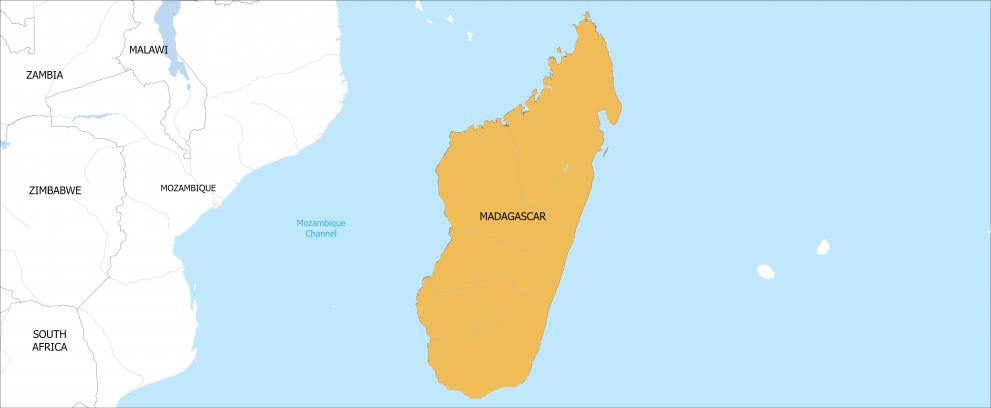Introduction
In Madagascar, 2.29 million people will be in need of urgent humanitarian assistance until mid-2024, as prolonged drought, recurrent floods, cyclones, and epidemics have impacted the already vulnerable populations living in the country’s Grand Sud and Grand Sud-Est regions.
The food security and nutrition situation has severely deteriorated. This is due to the combined effects of (i) the 2020-2022 drought and subsequent low agricultural productivity, (ii) Russia’s war of aggression against Ukraine and the resulting inflation, (iii) the structural inaccessibility of services, and (v) cyclonic seasons in 2022 and 2023 and floods.
What are the needs?
Some 2.29 million people will need urgent humanitarian assistance in 2024.
This includes 1.71 million people, or 22% of the population, who are expected to face high acute food insecurity, with 119,000 in emergency situations.
Moreover, nearly 459,000 cases of global acute malnutrition for children under 5 years old were expected by the beginning of 2024.
Access to water is a structural problem and is insufficient in periods of drought, which increases the prevalence of water-related diseases.
Madagascar continues to experience polio and malaria epidemics, placing a burden on already weak health services. Compounding the situation is the threat of El Niño-induced climate extremes.
Overall economic and social structures have been impacted by years of crisis, causing internal migration and use of negative coping mechanisms; this has exacerbated social protection needs with child abuse and gender-based violence on the rise, as well as increased school dropout.
Protection is a key sector that remains largely unaddressed. The level of prevention and response is currently very low.

How are we helping?
The 2024 initial funding of €6.5 million aims to reinforce the response provided in recent years, with a focus on forgotten, hard-to-reach, and under-served areas of Grand Sud-Est and a maintained presence in the Grand Sud to enable a scale-up and contribute to system strengthening.
Our support will help provide access to food, education in emergencies, and nutrition services while responding to the specific needs of the most vulnerable people and addressing the increasing cost of logistics.
We will continue integrating protection considerations into all interventions. Strengthening coordination at national level, as well as logistics capacities, is an integral part of the preparedness and response.
The EU is also working on preparedness for natural hazards, including tropical cyclones/storms and drought.
In 2023, the EU allocated €18.1 million for humanitarian aid in Madagascar, including allocations to:
- assist those most affected by tropical cyclone Freddy in February 2023,
- early warning and disaster preparedness interventions to limit future risks,
- reinforcing the air operation set up by the UN Humanitarian Air Service (UNHAS) with a helicopter, enabling humanitarian actors to assist communities affected by the flooding and other damage caused by cyclones.
Last updated: 25/04/2024
Facts & figures
1.7 million people are highly food insecure and need assistance
17 districts in Grand Sud and Grand Sud-Est regions are classified as being at crisis level (integrated food security phase classification Phase 3 and above) for the 2024 lean season, starting in January
459,000 cases of global acute malnutrition for children under 5 were expected by the beginning of 2024
EU humanitarian funding:
€6.5 million in 2024
€18.1 million in 2023
€19.9 million in 2022

